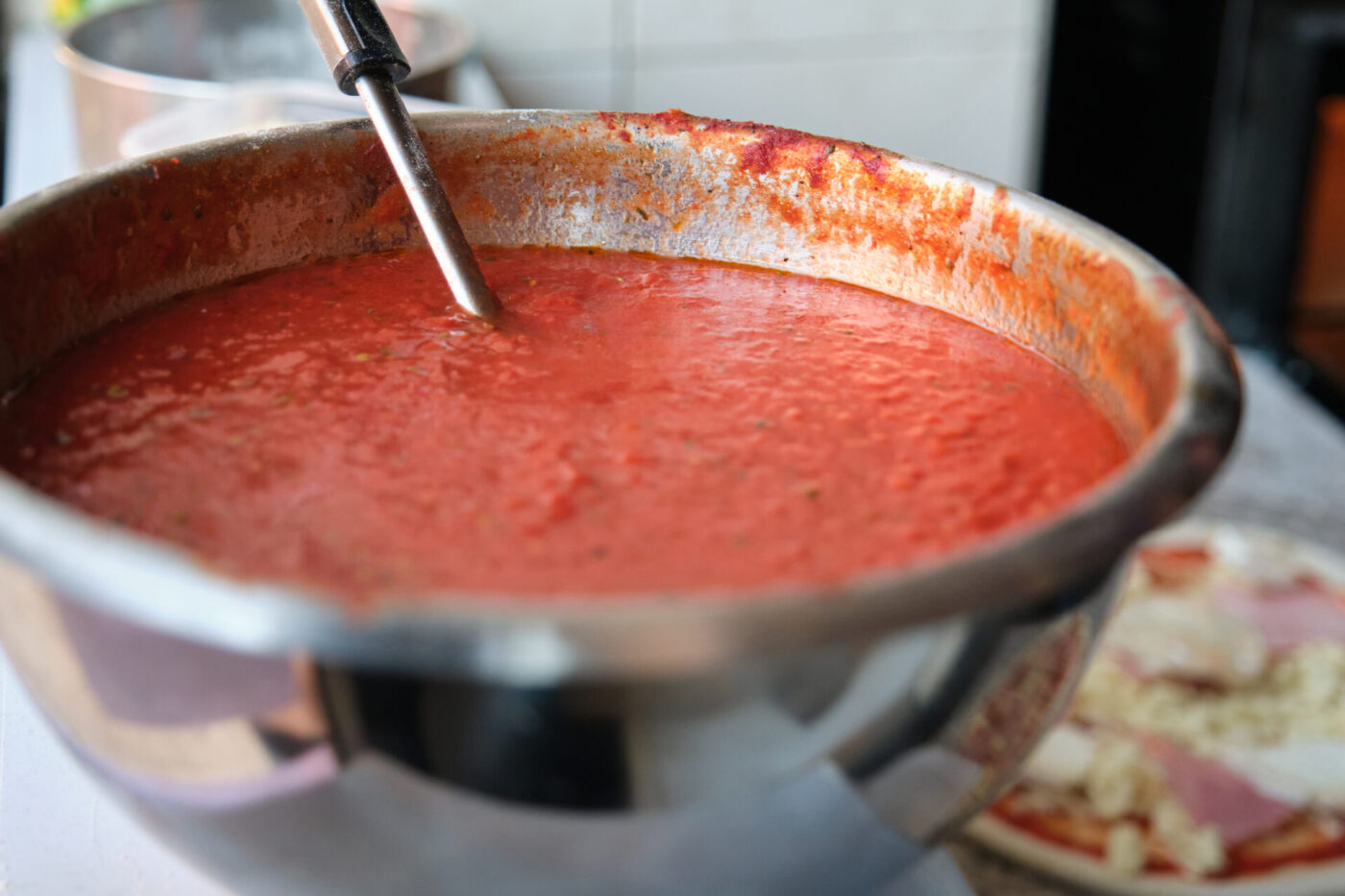Read More: History of Marinara Sauce
Marinara sauce, that vibrant red staple of Italian-American kitchens, boasts a history as rich and flavorful as the sauce itself. Its journey is intertwined with the tomato’s own tale, a voyage across continents, and a culinary evolution that has shaped kitchens around the world.
The Tomato’s Transatlantic Journey
To understand marinara, we must first understand the tomato. This now-ubiquitous fruit has surprisingly humble beginnings, originating in the Americas. When Spanish conquistadors arrived in the 16th century, they encountered this vibrant fruit, initially known as the “golden apple” (pomo d’oro). Intrigued, they brought it back to Europe, where its culinary journey began.
However, the tomato’s European debut wasn’t met with open arms. Many viewed it with suspicion, believing it to be poisonous due to its resemblance to deadly nightshade. It took time for the tomato to shed its negative image and gain acceptance as a food source.
Naples: The Birthplace of a Sauce
While the exact origins of marinara sauce are shrouded in some mystery, Naples, Italy, is often credited as its birthplace. This bustling port city, with its vibrant culinary scene, was the perfect setting for the creation of a simple, flavorful sauce that could be prepared quickly and easily.
Imagine Neapolitan kitchens in the 17th century, filled with the aroma of freshly harvested tomatoes simmering with garlic and herbs. This basic sauce, likely named “marinara” (meaning “sailor’s style”) due to its association with sailors returning from voyages with New World ingredients, was a testament to the resourcefulness of Neapolitan cooks.
Early Marinara: A Simpler Time
Early marinara sauces were likely quite different from the versions we enjoy today. They were often made with just a few ingredients—tomatoes, garlic, and herbs—and cooked quickly over high heat. There were no long simmering times or complex flavor combinations. This simplicity reflected the culinary traditions of the time and the need for quick, satisfying meals.
Evolution and Adaptation: A Sauce for Every Palate
As tomatoes gained popularity and culinary traditions evolved, marinara sauce underwent its own transformation. Regional variations emerged across Italy, each with its own unique twist. Some included onions, others added a touch of sweetness, and some incorporated chili flakes for a spicy kick.
The arrival of Italian immigrants to the United States in the late 19th and early 20th centuries brought marinara sauce to American shores. It quickly became a staple in Italian-American communities, adapted and embraced as a symbol of comfort and tradition. American versions often included ingredients like onions and sugar, which were less common in traditional Italian recipes.
Marinara Today: A Culinary Icon
Today, marinara sauce is a ubiquitous presence in kitchens around the world. It’s a testament to the enduring appeal of simple, flavorful food and the power of culinary traditions to transcend borders and generations. Whether enjoyed with pasta, on pizza, or as a base for countless other dishes, marinara sauce continues to connect us to its rich history and the culinary heritage of Italy.


Comments